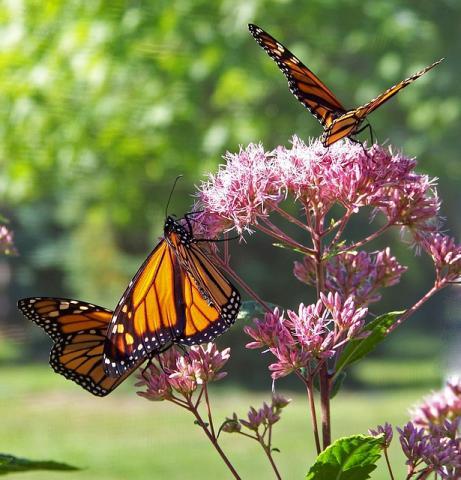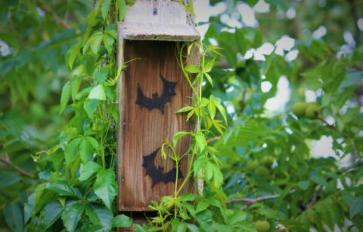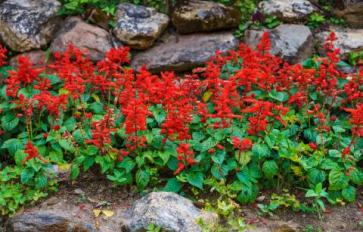
The wings of a certain butterfly begin with a milkweed. Now, scientists are looking to the often misunderstood plant to help prevent crop damage.
In the October-December 2016 issue of Weed Science, Cornell crop science professor Antonio DiTommaso says, "Managing crop pests without fully understanding the impacts of tactics -- related to resistance and non-target plants or insects -- costs producers money."
DiTommaso and other agricultural scientists are taking a hard look at the way nature and its smallest players offer a sustainable and holistic approach to pest management.
The scientists found that by saving patches of milkweed in the middle of a cornfield, it is possible to reduce crop loss by the European corn borer. The plants are a haven for aphids that produce nectar for a parasitic wasp called Trichogramma. The wasps lay their eggs inside the eggs of the corn borer. It is a series of actions that close the circle of nature and allow a smart coexistence – well, except for the corn borer.
The milkweed is not only a superhero in the fight against corn borers. It is also a beautiful, fragrant plant. It used to grow naturally in meadows and would live happily among corn and soybean rows. But when farmers began to use herbicide resistant varieties of crops and spray fields with chemicals, the milkweed began to die off. As a result, the monarch butterfly, which depended on the plant as a food source and breeding place, began to drop in numbers.
Butterfly enthusiasts and gardeners took note and began to plant milkweed in their gardens. But it caused another problem to the monarch butterfly. The plant that was readily available to gardeners was a tropical variety of milkweed that did not die back in the winter when planted in the warmer areas of the United States. Monarchs had a longer season of food availability, and some did not migrate at all.
The tropical variety of milkweed also hosts a parasite called Ophryocystis elektroscirrha that the monarch caterpillars eat, along with the milkweed leaves. The emerging butterflies are covered with spores when they emerge from their chrysalis, and they are too weak to complete the migration process.
Fortunately, the tropical milkweed issue is a problem that can be solved. Gardeners and butterfly enthusiasts can remove the offending tropical varieties and replace with local, native varieties of milkweed. The Xerces Society site offers links to seeds that are native to your area.
DiTommaso says that production management should consider the benefits of native weeds to agriculture. Once seen as undesirable, they can offer solid solutions to controlling pests, and help strengthen the beating wings of beautiful and beneficial insects.








